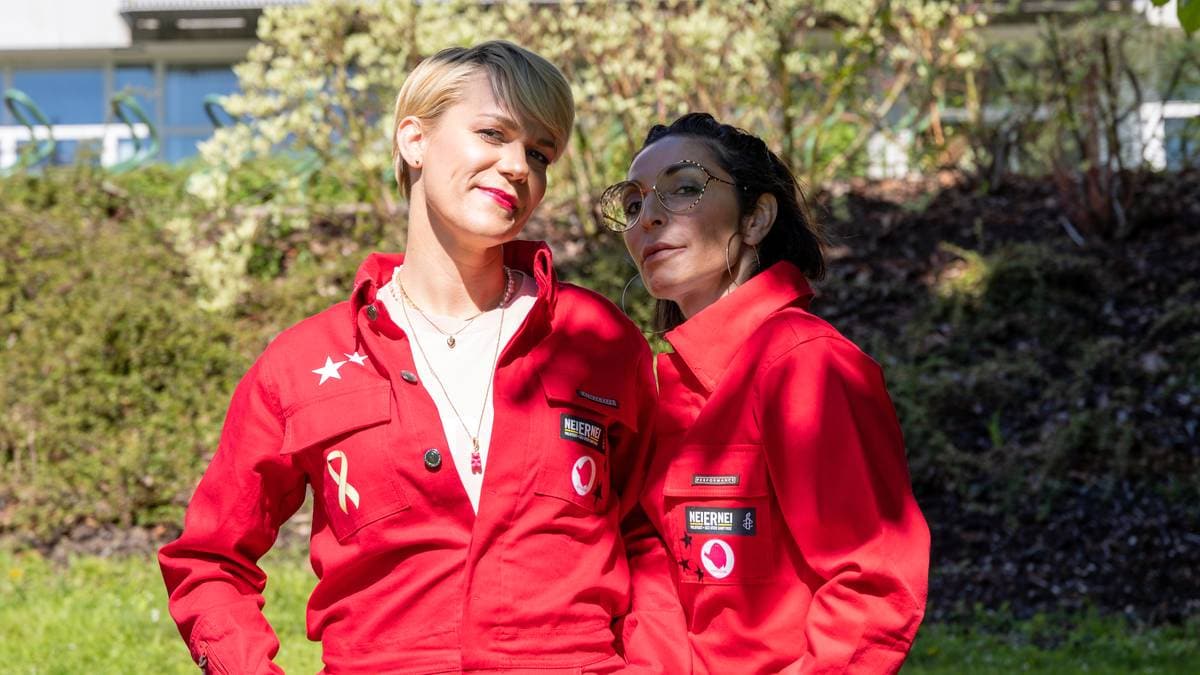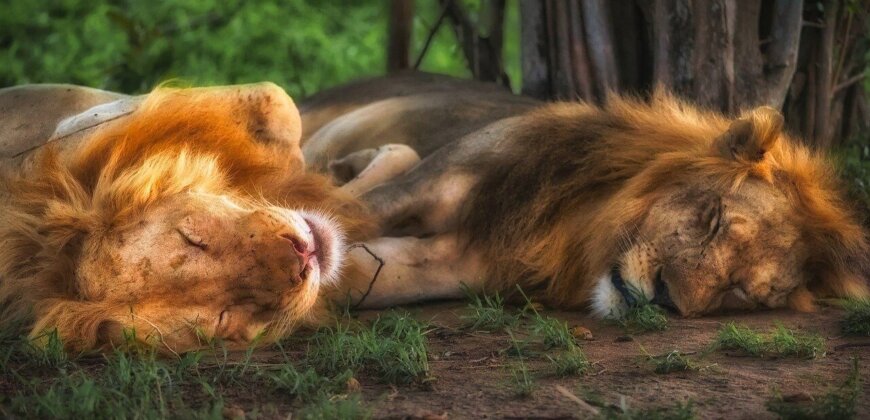Various non-human animal species exhibit behavior that can be interpreted as homosexual or
bisexual. This may include same-sex
sexual activity,
courtship,
affection,
pair bonding, and
parenting among same-sex animal pairs.
[1][2][3] Various forms of this are found in every major geographic region and every major animal group. The sexual behavior of non-human animals takes many different forms, even within the same species, though homosexual behavior is best known from social species.
Scientists perceive homosexual behavior in
animals to different degrees. According to
Bruce Bagemihl, same-sex behavior (comprising courtship, sexual, pair-bonding, and parental activities) has been documented in over 450 species of animals worldwide.
[4] Although same-sex interactions involving genital contact have been reported in hundreds of animal species, they are routinely manifested in only a few, including humans.
[5] Simon LeVay stated that "[a]lthough homosexual behavior is very common in the animal world, it seems to be very uncommon that individual animals have a long-lasting predisposition to engage in such behavior to the exclusion of heterosexual activities. Thus, a homosexual orientation, if one can speak of such thing in animals, seems to be a rarity."
[6] The motivations for and implications of these behaviors have yet to be fully understood.[
citation needed] Bagemihl notes that any hypothesis is "necessarily an account of human interpretations of these phenomena".
[7]
One species in which exclusive homosexual orientation occurs is the domesticated sheep (
Ovis aries).
[8][9] "About 10% of rams (males), refuse to mate with ewes (females) but do readily mate with other rams."

 subjekt.no
subjekt.no











